St. Mary's Church
The most historic church in Fairfax County played a role in the creation of the American Red Cross.
Arguably the most historic church in all of Fairfax County, Saint Mary’s of Sorrows Catholic Church, or simply St. Mary’s Church, is a one-story, rectangular Gothic-Revival Style church located in Fairfax Station, Virginia.
With a steeple positioned at its entrance and a large Gothic arched window located over its front door, St. Mary’s Church is a testament to the one-room, Gothic style churches that were popular throughout the 19th and early 20th century. The church was constructed in 1858 by Irish immigrants who moved to the area to work on the Orange and Alexandria Railroad, which included Fairfax Station. It was a single-room clapboard structure built with lumber from the heavily wooded surrounding area.
Later in the 19th century, additions near the entrance included a vestibule, choir loft, a new steeple, and a sacristy used as living quarters for visiting priests. The same immigrants who built the chapel became its congregation. Many are buried throughout the churchyard.
After its consecration, the Civil War made its way to Virginia. The church became a landmark for both the southern and northern armies vying for control over the railroads. The church was a halfway point between Fairfax Station and, the much sought after, Fairfax County Courthouse.
At the beginning of the war, the Manassas area was predominantly controlled by the Confederate army, and the Union army had a firm grasp over Burke. Since St. Mary’s was located on land in-between, the area in and around the church became the site of many violent skirmishes.
During the Second Battle of Bull Run (Battle of Second Manassas), the church was used as a field hospital for wounded Union troops who were to be evacuated to Alexandria and Washington. Many wounded soldiers were laid out and tended to by volunteers on the church’s hill and on pews that were removed from the chapel. One volunteer who tended to the soldiers was a woman by the name of Clara Barton, who later founded the Red Cross. This experience was a huge factor in her decision.
With the original pews from the church destroyed, it’s believed that the pews that can be found in the church today were installed on the orders of Ulysses S. Grant. Grant would frequently travel by train to a resort in the nearby town of Clifton and upon hearing of the damage inflicted on the church, ordered its immediate reconstruction. All of the soldiers buried in the churchyard were later moved to Arlington National Cemetery, except for one Confederate soldier named Kidwell. It’s thought that Kidwell’s family wanted him to remain on Catholic grounds.
St. Mary’s services and events were regularly covered in the local newspapers and attended by many in the community. During the 1870s, the church began an annual picnic that served as a Fourth of July celebration. This would later be converted to a Labor Day celebration sometime after 1894. The event is now considered the oldest outdoor social function in Fairfax County. Roughly 10,000 people attend the annual event.
In 1976, the church was officially added to the National Register of Historic Places. By 1988, the entire interior of the church was refurbished, including new cypress clapboards and shutters.
Today, the historic church still holds mass six times a week and is also used extensively for weddings, baptisms, and outdoor masses.
Know Before You Go
The church is easily visible from Ox Road (123) and can be accessed from Fairfax Station Road. Informational placards explaining the history of the church can be found near the parking lot. A historical marker solely dedicated to Clara Barton is located in the northernmost part of the property at the intersection of Ox Road and Fairfax Station Road. Please be respectful when visiting this local historic landmark.

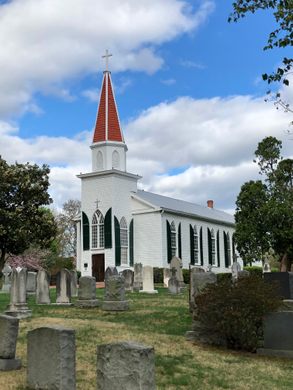
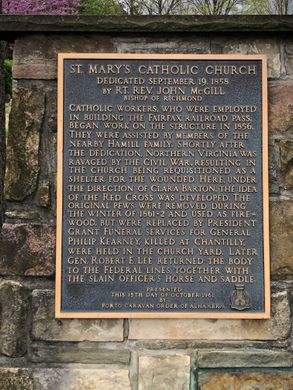
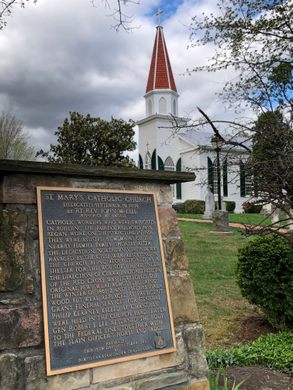
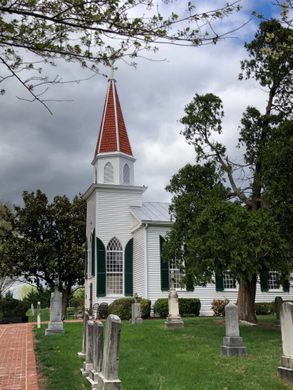

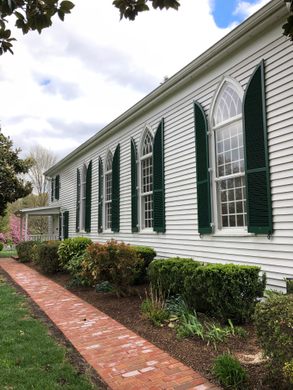
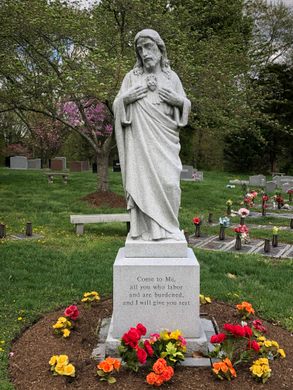

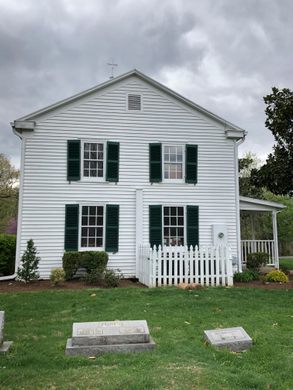
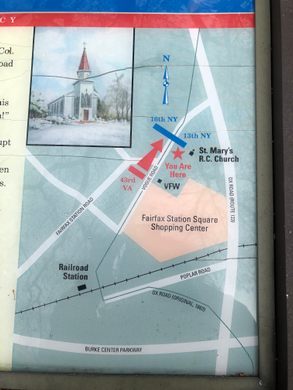
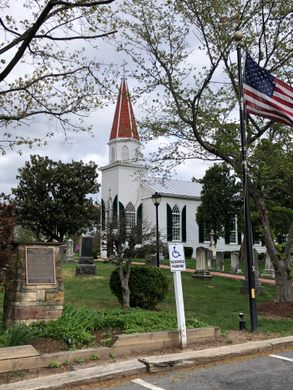
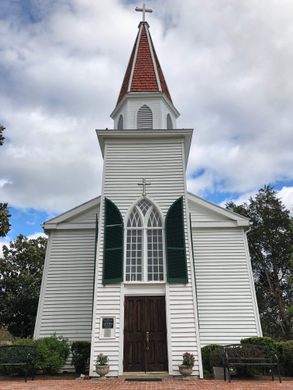
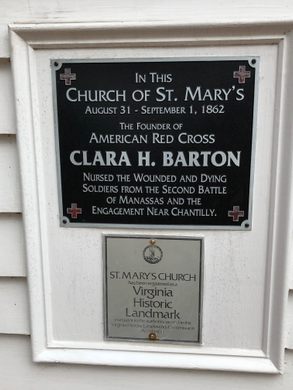
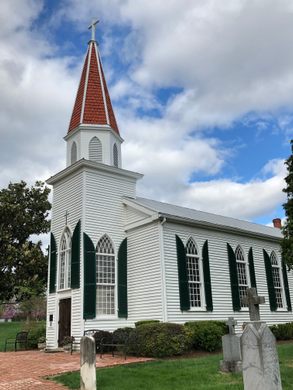

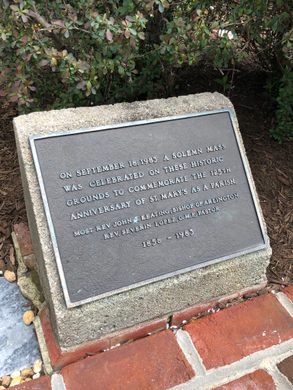
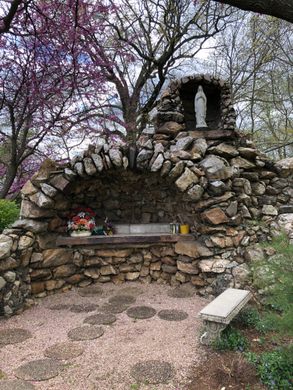

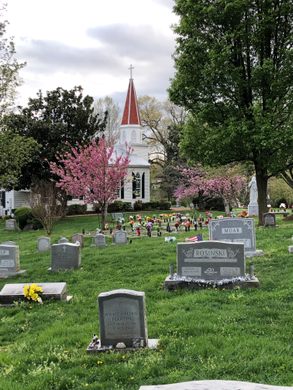

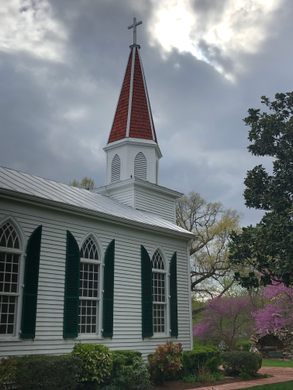
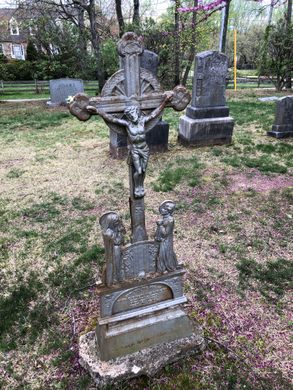
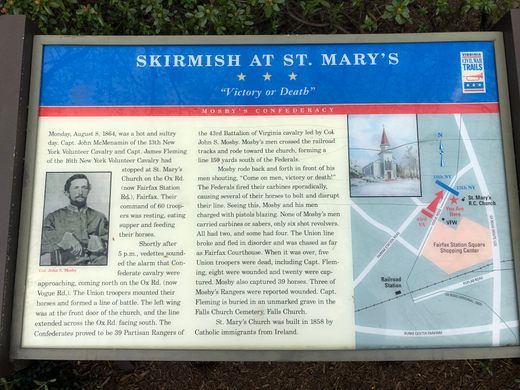

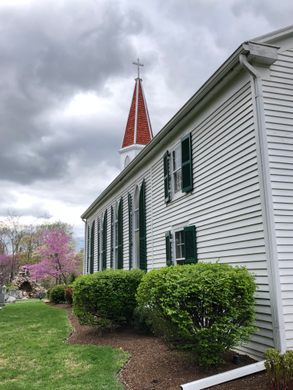



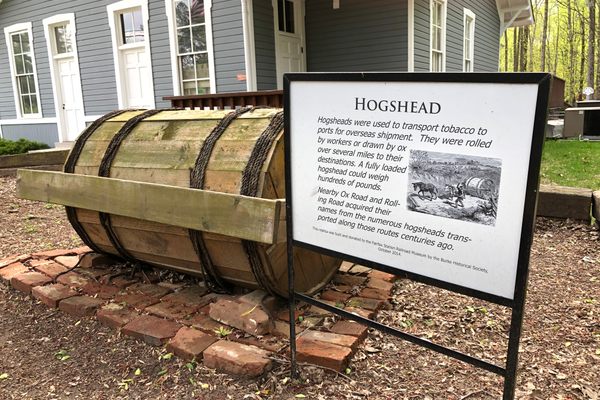
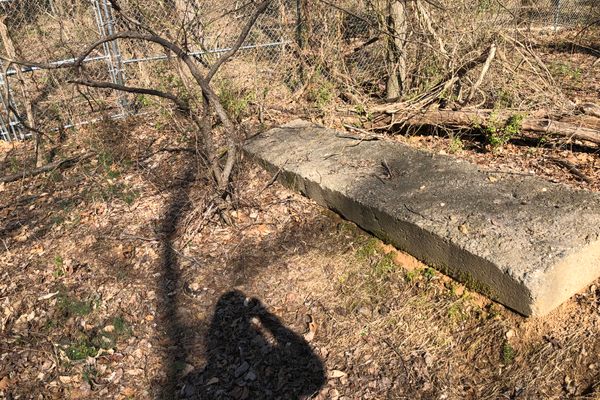



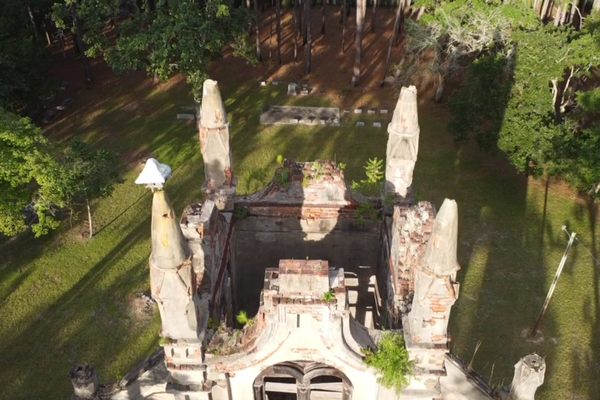

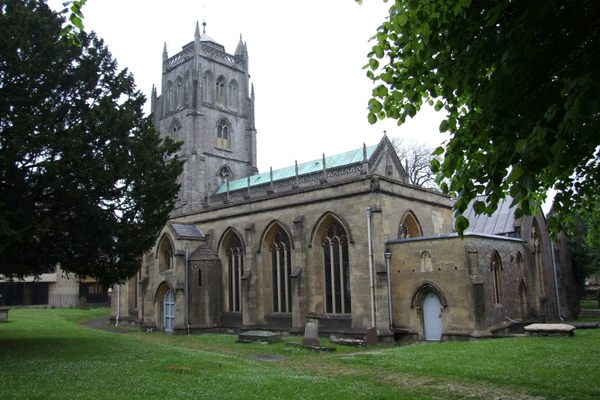

Follow us on Twitter to get the latest on the world's hidden wonders.
Like us on Facebook to get the latest on the world's hidden wonders.
Follow us on Twitter Like us on Facebook